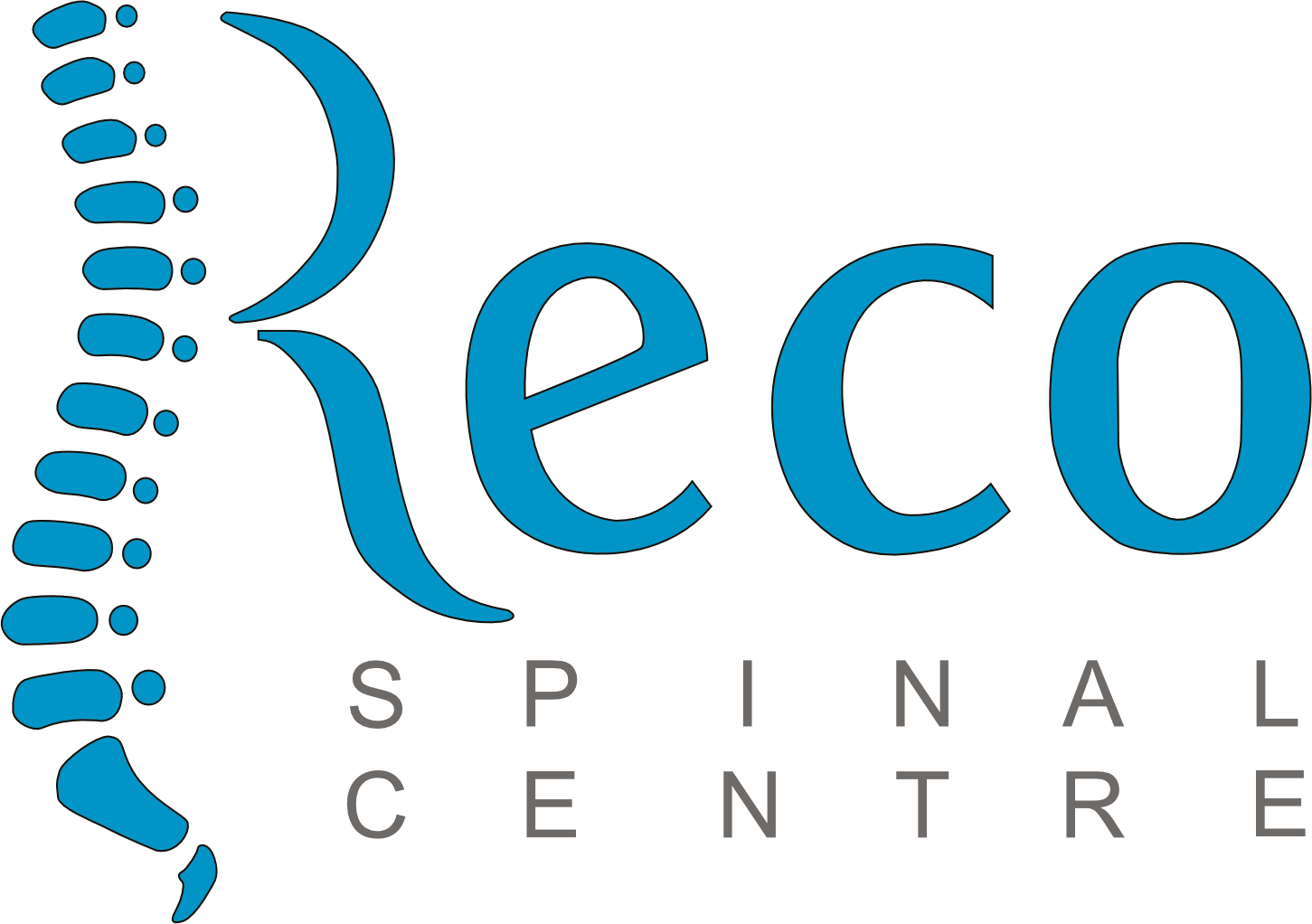How to help lower back pain caused by work
Mandeep and the team at Reco know that work-related pain is a global epidemic. In fact, back pain continues to be the leading overall cause of physical dysfunction and lost productivity in the workplace ( J Manipulative Physiol Ther 2005;28:128-34).
Work-related musculoskeletal disorders, including back pain, have accounted for “a significant proportion of work injuries and workers’ compensation claims in industrialized nations since the late 1980s.” (Brain Behav Immun 2006:20:423-9.)
Cost estimates related to low-back pain (LBP) exceed £50 billion. These estimates, cited extensively in numerous studies, include both direct healthcare costs resulting from disability payments and lost productivity (O c c u p E n v i r o n Med 2002;59:807- 15). Our Bristol chiropractor Mandeep and the team at Reco spinal centre believe the need for injury-prevention education and promotion of drug-free therapeutic alternatives – such as chiropractic care/ spinal therapy – is more crucial than ever. Our Bristol chiropractor Mandeep and the team at Reco spinal centre believe the need for injury-prevention education and promotion of drug-free therapeutic alternatives – such as chiropractic care/ spinal therapy – is more crucial than ever.
Our Bristol chiropractor Mandeep and the team at Reco spinal centre believe the need for injury-prevention education and promotion of drug-free therapeutic alternatives – such as chiropractic care/ spinal therapy – is more crucial than ever.
The Problem With Pain Medications
Along with the rise in work-related back pain has come an explosive proliferation of highly addictive medications. For instance, investigators note that the prescription of opioids for musculoskeletal pain “has increased substantially in recent years”, particularly for work-related back pain (J pain 2006;7:718-25).
Opioids include morphine, methadone, codeine and oxycodone. Common side effects include drowsiness, nausea and restricted breathing.Even seemingly benign over-the-counter medications suggested for back pain, such as nonsteroidal anti-inflammatory drugs (NSAIDs), are riddled with side effects, including stomach ulcers, heartburn, headache, dizziness, ringing in the ears, allergic reactions, liver disease and kidney problems.
The following information will help you identify work-related instigators of back pain and highlight how our Bristol Chiropractor Mandeep and the team at Reco spinal centre can help.
Lifting Laments
Continual lifting, especially if the loads are heavy or the lifting position is awkward, can spark work-related back pain and misaligned spinal bones (vertebrae) this can also occur when spinal movement is restricted. Our Bristol Chiropractor Mandeep helps to correct vertebral misalignments and gain movement in joints with safe and gentle manoeuvres called chiropractic adjustments or vertebral manipulation
Numerous studies highlight the effectiveness of chiropractic adjustments for work-related as well as non-work-related back pain. Chiropractic adjustments are particularly therapeutic for those with intense back pain: even when the sciatic nerve or herniated discs are involved (Spine 2006;6:131-37).
Even the Canadian Armed Forces acknowledge the benefits of
chiropractic care for LBP. In a survey of 102 military personnel, “the majority of military personnel (94.2 percent) and referring physicians (80 percent) expressed satisfaction with chiropractic services.”
Posture problems
Sitting at your desk for long periods of time may impress the boss and temporarily increase your productivity level. But studies show the longer you sit, the higher your risk of developing back pain.
Ergonomics – the design science that maximises productivity by reducing fatigue and discomfort, can make a big difference. Companies that purchase ergonomically correct chairs can substantially reduce employee work-related back pain.
But ergonomically correct sitting is just half of the healthy back equation. How you sit is just as important. For instance, those who favour slumping in their seats, such as students, increase their back pain risk even more.
To Achieve optimal sitting posture, researchers suggest keeping your back and shoulder straight, with your bottom touching the back of the chair. Additional tips include the following:
- Distribute weight evenly on both hips
- Keep knees even with or slightly higher than your hips
- When sitting in a chair that rolls and pivots, don’t twist at the waist while sitting, instead, turn your whole body.
- Keep feet flat on the floor or on a footstool.
- If possible, sit at a 135-degree reclined position.
- Step away from your desk every 20 minutes for a brief walk and stretch.
Take action!
Don’t wait until work-related back pain strikes to schedule a chiropractic/ spinal evaluation with our experienced team. Because, when it comes to back pain, prevention is key. Also, ask us about the on-the-job seminars and prevention programs we offer to community businesses. Click here to get in contact or click here and book with us.
